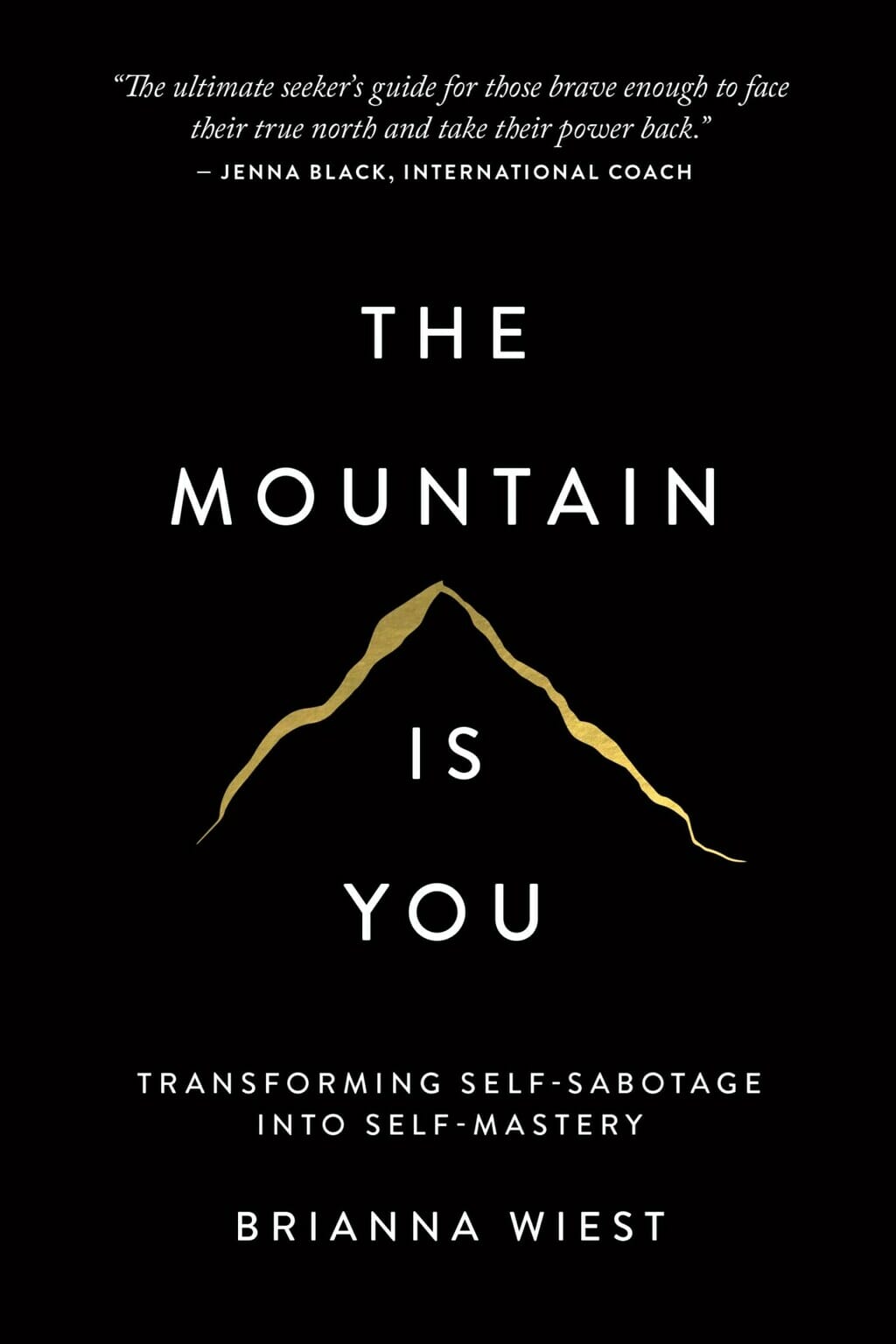A prevalent theme in my life of late has been self-discovery and understanding myself better to harness my full potential. On that journey, I’ve tried to diversify my interests and priorities, from being in a high stress corporate job (working as both a lawyer and a chartered accountant) to putting time into mindfulness and reading.
A great book I came across is called “The Mountain Is You” by Brianna Wiest. Mountains have always been used metaphorically to represent a struggle, an uphill battle, a climb and the respective obstacles and challenges we face. Published in 2020, Wiest’s “The Mountain Is You” is a self-improvement book with a modern take on what self-sabotage is. Written with the intention of showing you how to tap into your own power by facing any trauma, challenges or damage you may have faced front on and use this to stop self-sabotaging and instead, feel like you have achieved self-mastery.
What is self-mastery?
Well, to put it simply, it’s the power to self-regulate and control. The ability to control your desires or impulses. Whilst this seems like an obvious thing to be able to do, it really isn’t for most people. Things happen in life, and we, as humans, are instinctively programmed to react to things impulsively. Sometimes, such abrupt reactions can be self-sabotaging.
This book has easily applicable teachings for anybody on a journey to self-discovery, and harbouring the intention, particularly as we encroach on the New Year, to better themselves.
Key Self-Sabotage Takeaways
Wiest considers that we have multiple needs that exist simultaneously, however, these can also be conflicting. Understanding these coexisting needs can create self-sabotaging behaviours and internal conflict. An example used here is the fact that most people have an inherent resistance to change.
Wiest uses the Mountain to allude to the experiences, trauma, insecurities and any adversities that you have faced in your life to date. The metaphor here is that we’ve faced so many hardships that we are required to overcome in order to grow. Wiest considers that in order to unlock your full potential, you need to release any traumas and adversities that you’re holding onto (the mountain), and transform your mindset to leap forward with an improved frame of mind.
This obviously sounds easier said than done, but they unpack that this can be done by firstly analysing our damaging habits, to then build insights, enhance our emotional intelligence, and in turn, be able to better understand our brains, ultimately fulfilling our highest potential.
Analysing our damaging habits sounds like a rather arbitrary endeavour, however, it really involves identifying when your self-sabotaging behaviours are coming out and why. Then, you can create barriers and boundaries to restrict such behaviours. For example, I’ve noticed that I tend to act impulsively out of restlessness, and have created boundaries for myself to not say yes to something or respond simply out of boredom, but instead, because I have taken the time to reflect and that it is truly something that I wish to be a part of. Wiest’s teaching here is that once you find the root cause for your behaviours and specific actions, you can really understand why you may end up ruining things for yourself. Start aligning your actions with your deepest desires and make an active commitment to call yourself out when you feel yourself deterring.
Taking this even further, Wiest notes the importance to focus on differentiating between intuition and intrusive thoughts. She notes that whilst we should listen to our gut feelings, we may sometimes receive mixed signals stemming from emotions such as fear. In order to prohibit self-sabotaging behaviours, you need to prohibit intrusive thoughts from taking over. Intuitive thoughts are calm, make sense, are logical and sound rational. On the other hand, intrusive thoughts tend to send you into a spiral of negativity, overthinking and remain stuck in your head vs. your gut. Understanding the difference between these thoughts, and putting intrusive thoughts in a box to remain as just that, is a powerful tool in developing your emotional intelligence.
All in all, the concepts that Wiest covers in “The Mountain Is You” is perfect for those in their twenties, wishing to limit self-sabotaging behaviours in friendships and relationships, those in their thirties and forties wishing to build emotional intelligence and feel more happy, and also for those in their fifties and sixties, navigating a midlife crisis and wishing to release pent up trauma.









